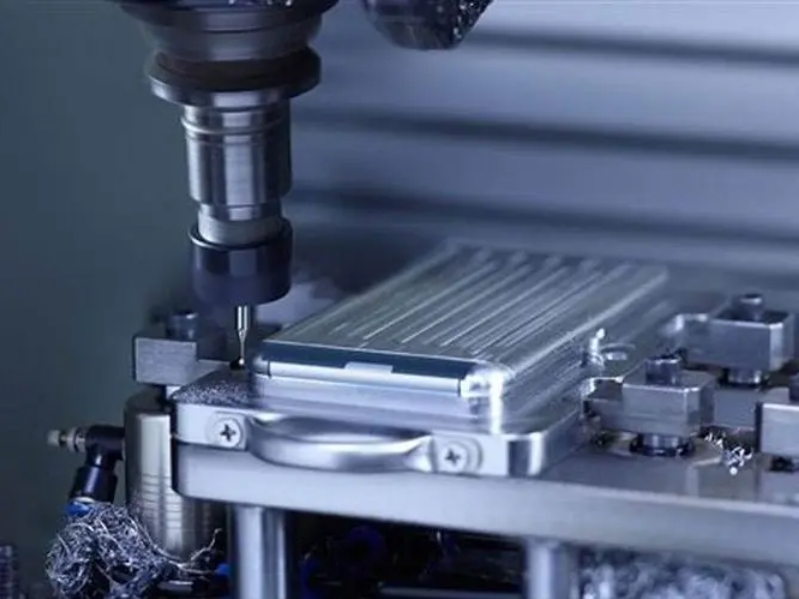Quality in Control: Optimizing CNC Machining Processes to Meet the Highest Standards+ View more
Quality in Control: Optimizing CNC Machining Processes to Meet the Highest Standards
+ View more
Date:2024-03-14 16:00
In today's fiercely competitive manufacturing market, ensuring the quality of CNC (Computer Numerical Control) machining processes is not only foundational for business survival but also a significant pathway for technological innovation and optimization. This article will discuss how to ensure products meet the highest standards through process optimization, illustrated by a real-world example demonstrating these strategies' practical effects.
Enhanced Pre-Machining Design
Precision in pre-machining designs marks the starting point for high-quality CNC production. Using advanced CAD/CAM software facilitates thorough process analysis to identify and solve potential design issues beforehand. For instance, simulating machining paths enables the optimization of cutting sequences and angles, reducing the need for later adjustments and thus elevating overall machining efficiency and quality.
Selection of High-Performance Equipment and Materials
Choosing CNC machines with superior performance is critical to ensuring quality machining. Machines equipped with precision linear guides and ball screws can provide more stable motion control, achieving positional accuracies of ±0.002mm. Similarly, the correct selection of tools and materials plays a significant role in preventing defects and improving yield rates.
Implementing Granular Management and Supervision
Every step in the process requires strict control. Setting up quality checkpoints at key machining stages allows for timely detection and correction of deviations. Furthermore, employing automated quality inspection systems, such as in-line laser scanning and coordinate measuring machines (CMMs), enables real-time monitoring of dimensional accuracy for workpieces.
Case Study: Apple Inc.'s MacBook Manufacturing
Apple Inc.'s MacBook production exemplifies successful application of optimized CNC machining workflows. The aluminum casings of MacBooks are precision-CNC-machined to meet Apple's unique design standards, demanding high surface finish quality and dimensional accuracy. Apple employs a series of high-precision CNC machines, in conjunction with specially developed cutting tools and fixtures, to achieve millimeter-level tolerance control on component parts. Additionally, machine vision systems and automated inspection devices ensure the accuracy of each machining step. This relentless pursuit of quality and precision assures that the manufacturing quality of MacBooks consistently leads the industry.
Conclusion
Continual optimization and technological advancements in CNC machining processes substantially enhance product quality, securing a leading position for businesses in the global marketplace. As demonstrated by Apple's case, integrating high-end equipment, precise design pre-processing, stringent process controls, and advanced automation inspections will be key to guaranteeing the quality of CNC machining. With the further proliferation of smart manufacturing and digital management technologies, quality control in CNC machining is set to become even more refined and efficient.
Share to:
Recommend wonderful blog posts

